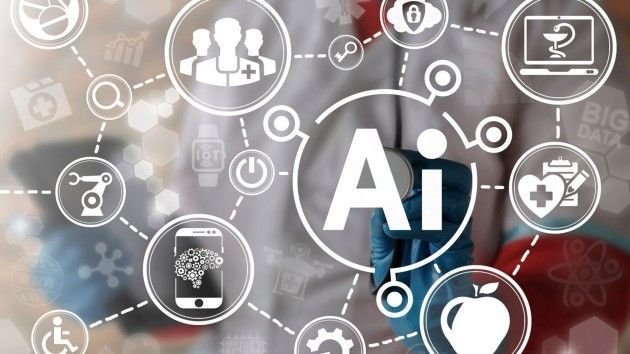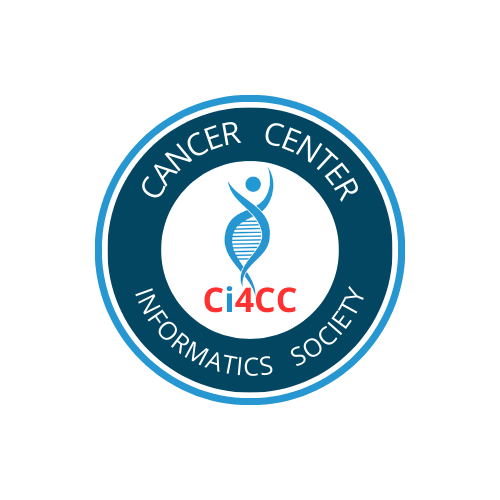Circulating tumor DNA: A new generation of cancer biomarkers
For many years, scientists have been on a quest to identify a non-invasive cancer biomarker - a biological molecule found in the blood that indicates the presence of disease. Their hope was that it would provide a more effective and patient-friendly method for the detection, monitoring and treatment of cancer. However, due to the very nature of cancer, identifying an effective biomarker has proven to be quite a challenge.
Now, with the recent advances in sequencing technology, a solution has been found. A large number of cancer genome sequencing studies have collectively identified the genetic changes that make human tumors grow and progress. As a result of their findings, scientists have discovered that virtually all cancers carry somatic DNA mutations. Unlike hereditary mutations that are passed from parent to child and are present in every cell in the body, somatic mutations form in the DNA of individual cells during a person's life. Because these somatic mutations are only present in tumor cell DNA, they provide an extremely specific biomarker that can be detected and tracked.
Although a tumor itself is the major source of tumor DNA, acquiring DNA through a biopsy is invasive, risky and often not possible. Fortunately, scientists have discovered that dying tumor cells release small pieces of their DNA into the bloodstream. These pieces are called cell-free circulating tumor DNA (ctDNA). February's Genome Advance of the Month describes a new study, published in the February 19, 2014, issue of Science Translational Medicine, which examines the potential of screening ctDNA for somatic mutations as a way to detect and follow the progression of a patient's tumor.
The team of scientists began by identifying at least one somatic mutation present in the tumors of 187 patients with 17 different types of advanced cancer. To do this, they used a tiered approach for each patient: they started by sequencing several genes commonly mutated in cancer, and if no mutation was found, they widened their search and sequenced all of the protein coding regions of the genome or the entire genome itself. The ctDNA present in the patients' blood was then examined for the specific somatic mutation identified in their tumor. The scientists were able to detect the ctDNA somatic mutation for 82 percent of the patients with metastatic tumors outside the brain. In comparison, 55 percent of patients with early stages of cancer had detectable levels of ctDNA mutations in their blood.
From these findings, they discovered that the percentage of patients with detectable levels of ctDNA in their blood correlated with the stage of cancer. While only 47 percent of patients with stage I cancers had detectable ctDNA, the percentage of patients with stage II, III and IV cancers was 55, 69 and 82 percent, respectively. Moreover, the scientists found that the concentration of ctDNA in blood increased as the cancer stage increased. This suggests that simply measuring the level of ctDNA in a patient's blood could be used in the future as a way to determine how advanced their cancer is. In fact, when the scientists measured the ctDNA concentration in 206 colorectal cancer patients, they saw that patients with lower blood levels of ctDNA lived significantly longer than those with higher levels of ctDNA.
In addition to its potential role as a detection and prognostic method, ctDNA was also evaluated as a way of monitoring tumor progression and testing whether a patient's tumor would respond to targeted drug treatments. The scientists examined the ctDNA present in the blood of 24 colorectal cancer patients whose tumors had first responded to a specific gene targeted therapy, but then progressed while still being treated. The patients' ctDNA was screened for mutations both before and after therapy. The scientists found new somatic mutations that prevent the drug from working formed during the patients' treatment. Because the patients saw an initial tumor response to the drug, this suggests that the drug was initially effective in killing tumor cells but that the formation of the new mutations stopped the drug from continuing to work. This valuable information would indicate to doctors that the patients' tumors are no longer responsive and different treatment is necessary.
The authors of this study demonstrated that ctDNA testing could be applied to every stage of cancer patient care. They showed that ctDNA is detected in most types of cancer at both early and advanced stages, suggesting it could be used as an effective screening method for most patients. A measurement of the levels of ctDNA in blood may also be used to quickly estimate a patient's stage of cancer and survival chances. Finally, the authors exhibited the utility of ctDNA in monitoring the response of tumors to treatment and determining which drugs may be effective in the future.
Overall, ctDNA appears to be an extremely effective and advantageous biomarker. Because it is found in the blood, it provides a non-invasive, and thus less risky, alternative method to repeated tumor biopsies to monitor tumor progression. While further studies will need to be performed before it reaches the clinic, the evidence provided in this study demonstrates the immense potential of ctDNA to improve the early detection and treatment of cancer.
Share this Article with others





